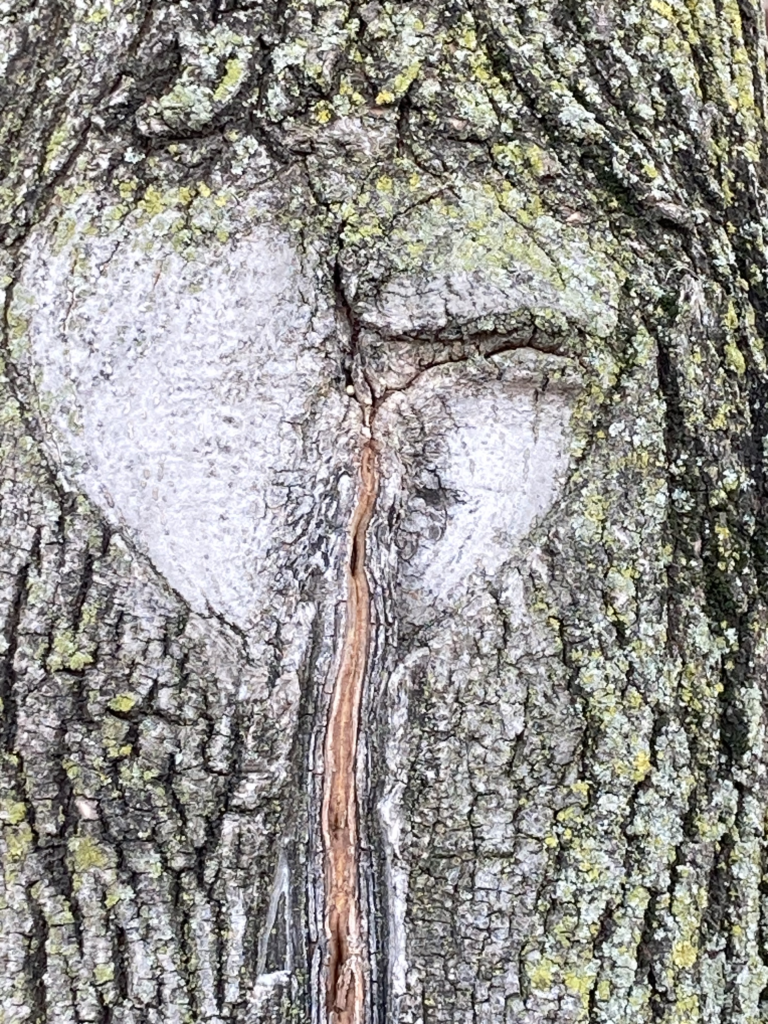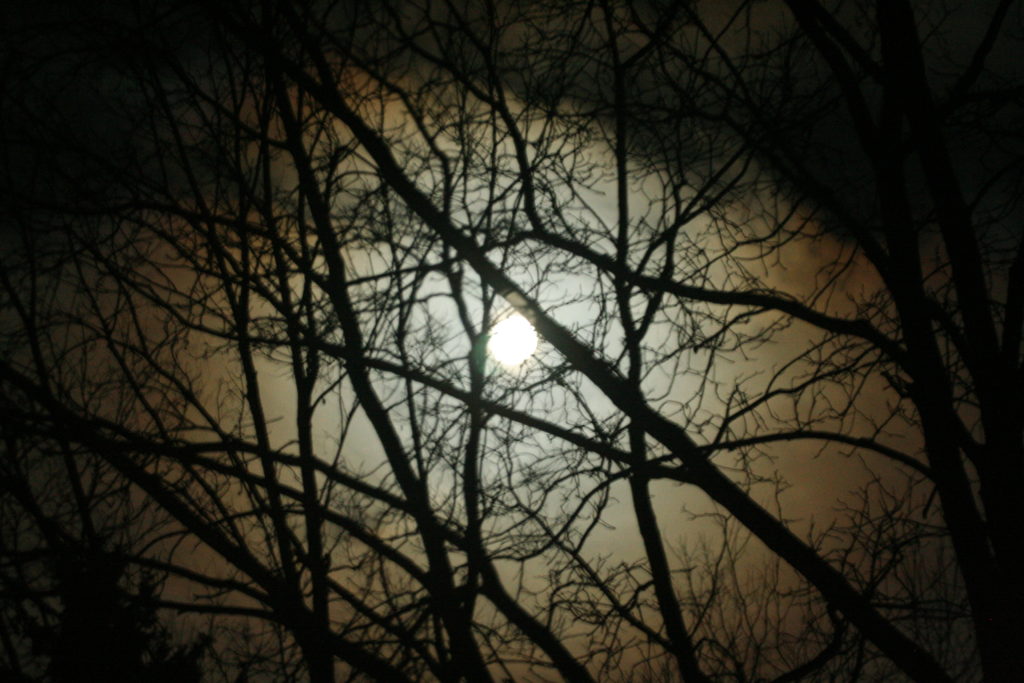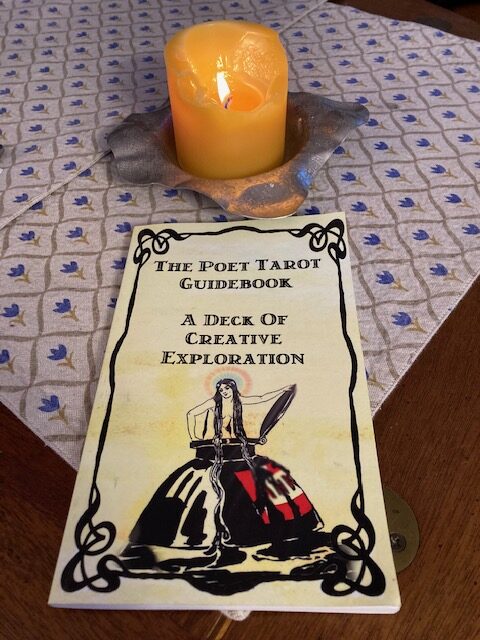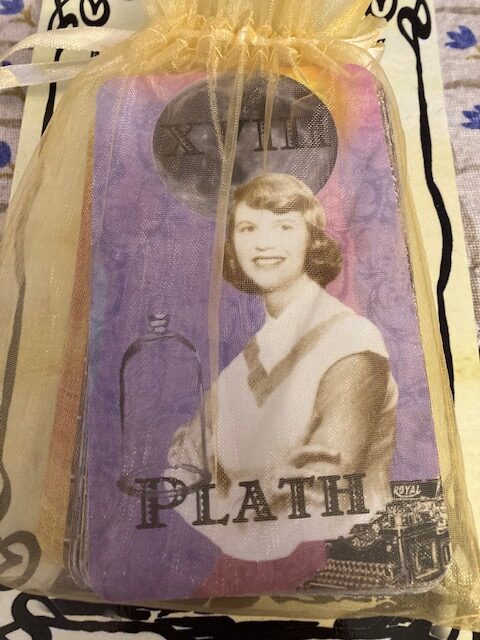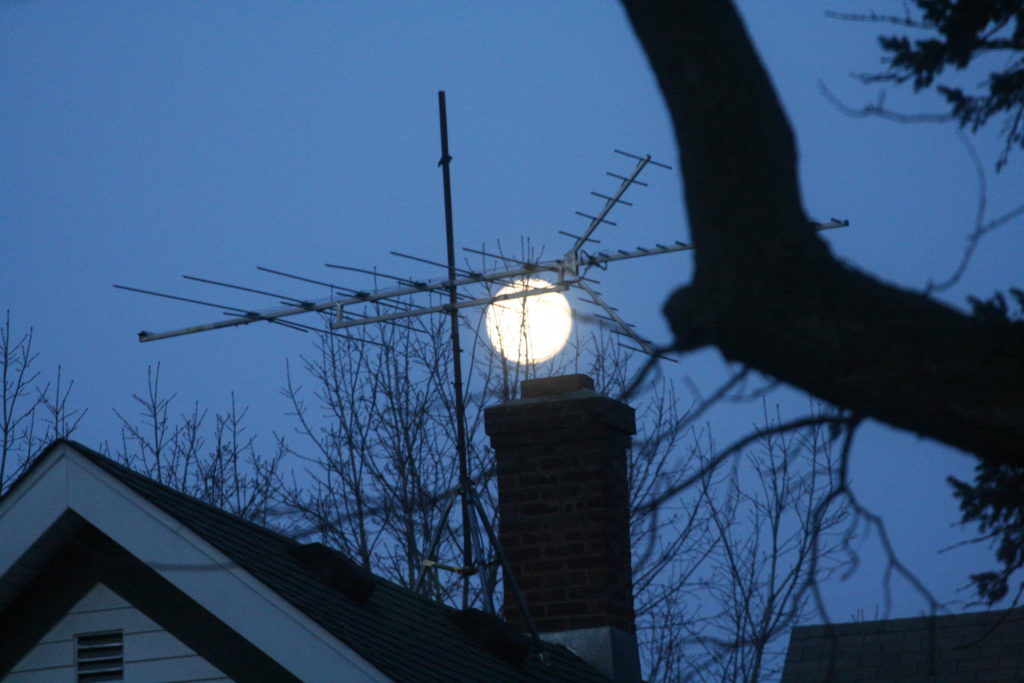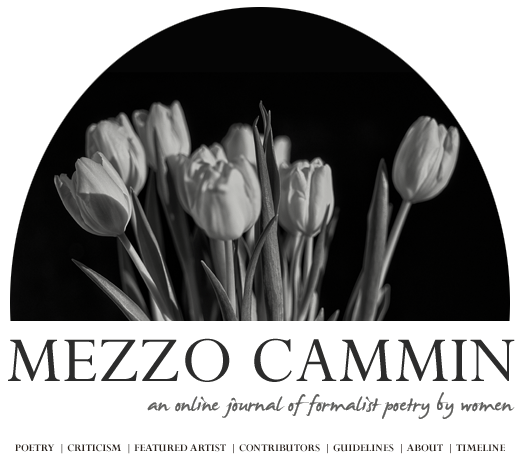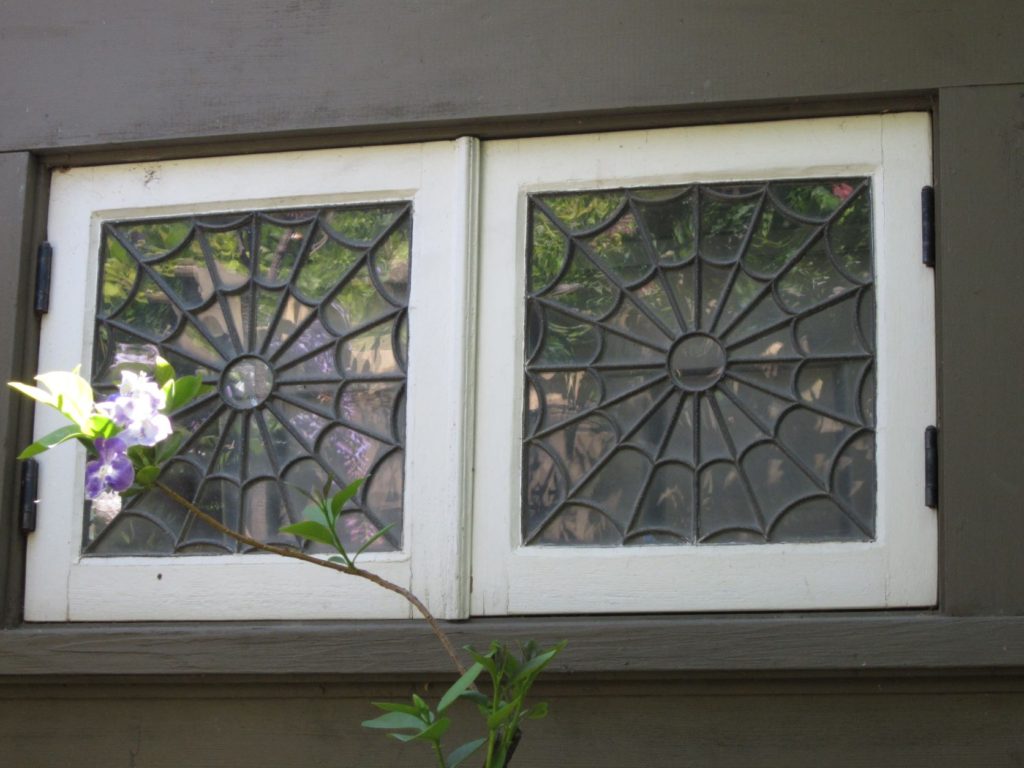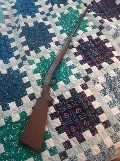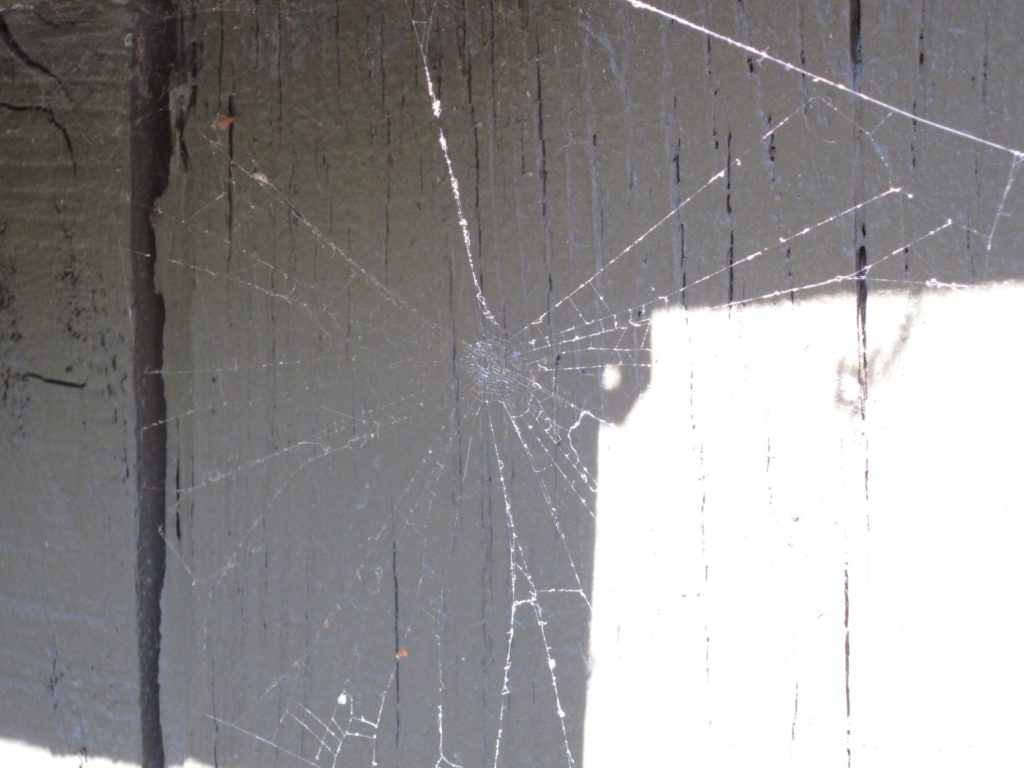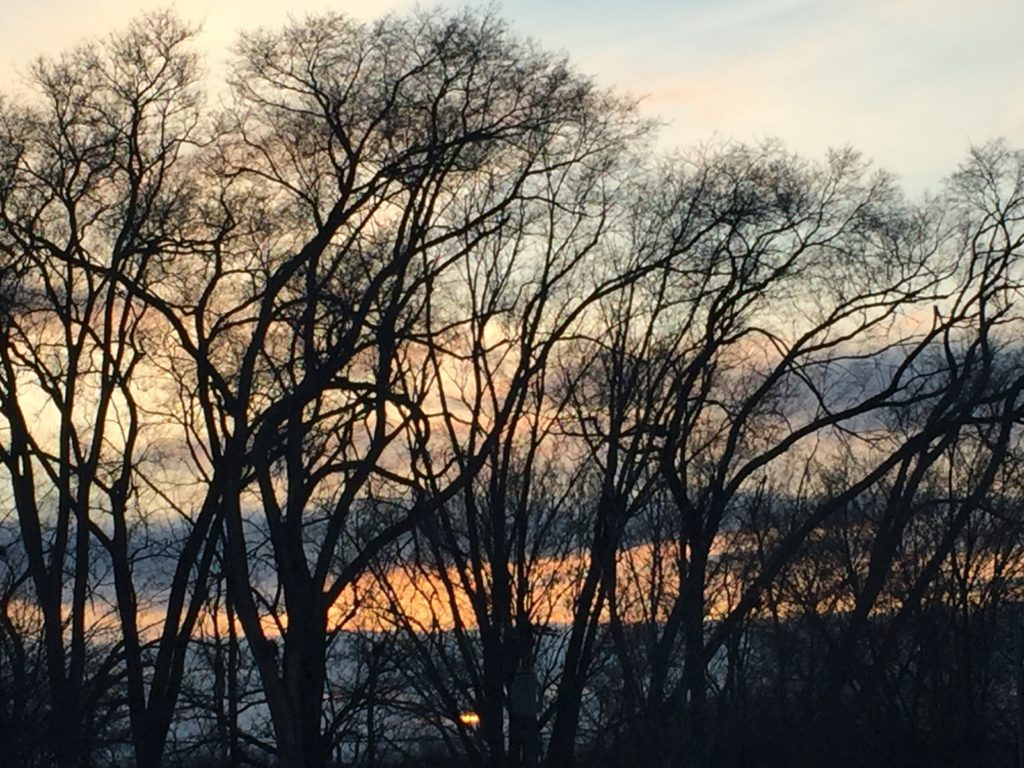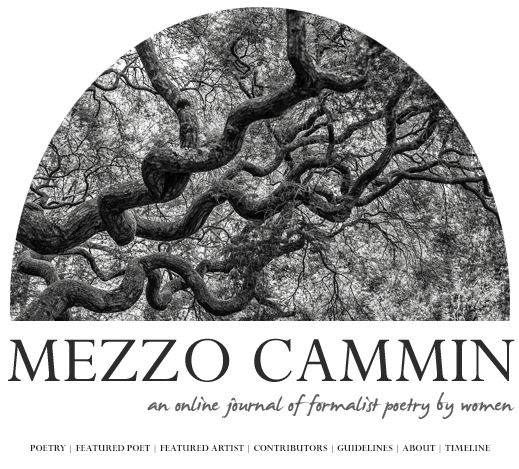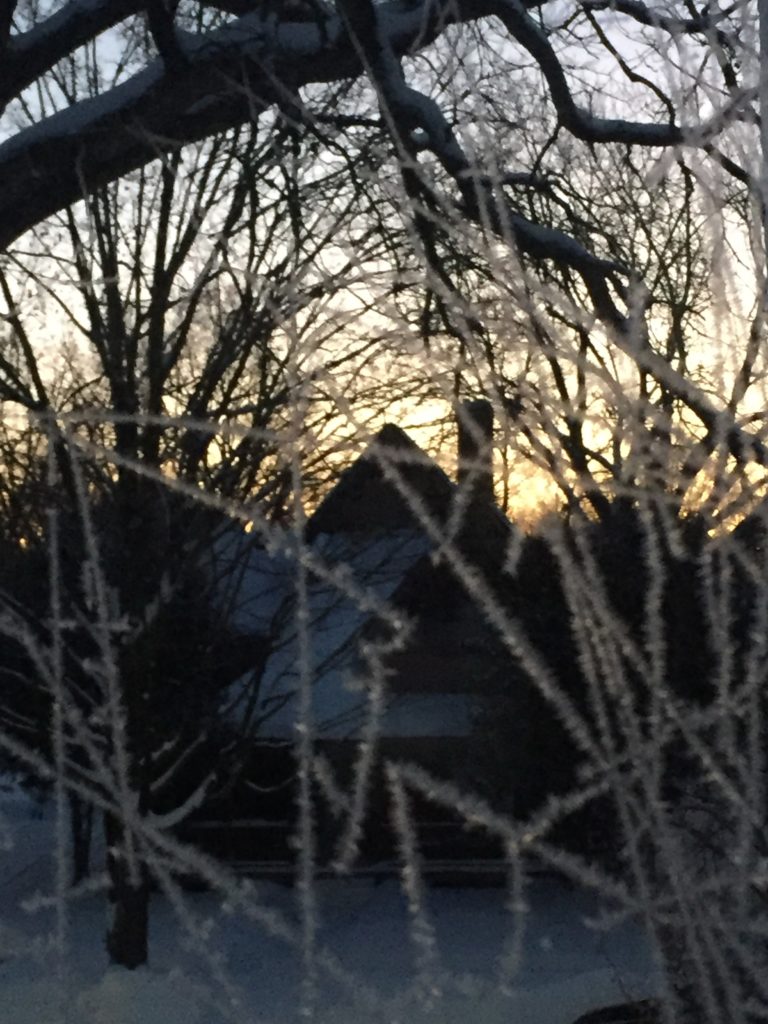
The brand-new issue of Mezzo Cammin: An Online Journal of Formalist Poetry by Women has just been published. I have been sampling poems–rather like bon bons but with a lot more substance–all day. I have to say that I love the cool and fresh image of the fish. For me, it is a perfect evocation of summer–makes me want to slide my feet into a freshwater lake.

It is an honor to have two poems in a journal I admire and to be in such good company, especially those poets who make the formal constraints they embrace look natural and easy. A tip of the hat to two in particular: Barbara Lydecker Crane and Jean Kreiling, both Powow River Poets centered in Newburyport, Massachussetts, and both have been awarded more than one prize in the Maria W. Faust Sonnet Contest. In this issue of Mezzo Cammin, I liked Lydecker Crane’s terza rima poem, “Caving in Slovenia,” very much, with its descriptions of entering and exiting a curated dark space. I was also very drawn to Kreiling’s different take on the terza rima form’s end, and I loved the subject matter of “Young Reader: For Tommy.” This poem succinctly captures the joy of seeing and helping a very young reader to embark on a lifetime of power and pleasure that the act of reading offers.
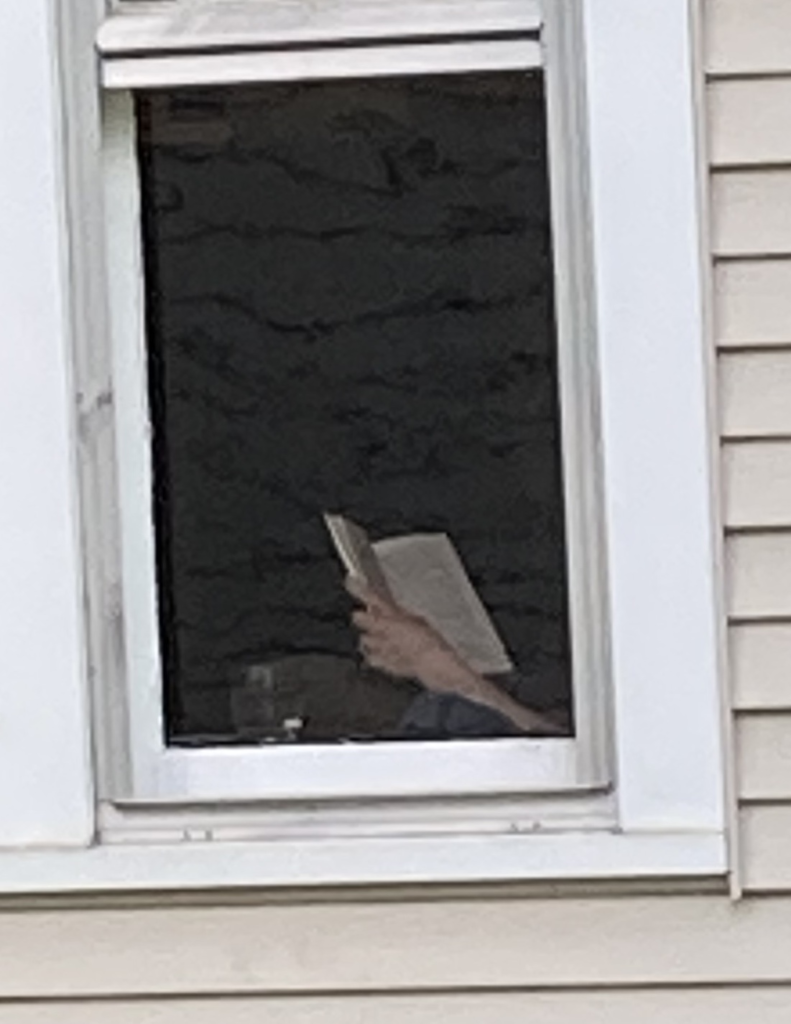
One final poem I cannot help mentioning here is “‘Thelma and Louise:’ Alternate Ending” by Californina poet Kathleen McClung. A third terza rima (always a dazzling form when it works, as it does in the three poems I mentioned here) and this one packs a powerful punch of timely reimagining, positing an updating of legal and cultural assumptions and options.
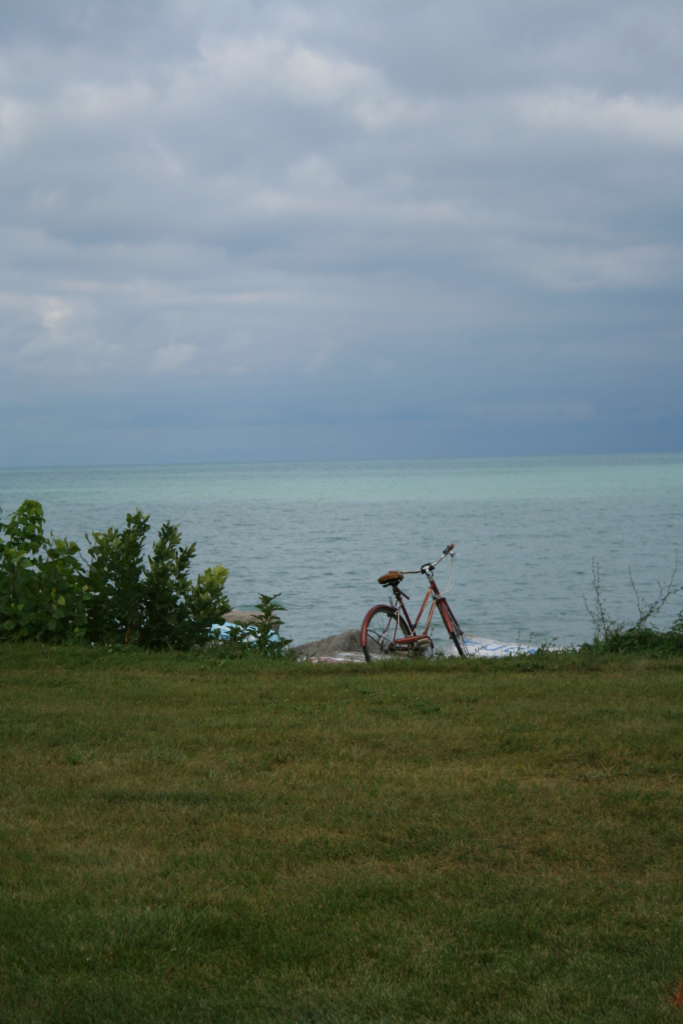
This issue’s feature artist’s work, too, is powerful and intriguing, combining as it does text and images. Maureen Alsop is a celebrated poet, fiction writer, reviewer, and translator, as well as being skilled in the graphic arts.
My own two poems, “Action,” and “Bands of Brass” are different versions of Shakespearian sonnets. I am just thrilled that they found publication in this special journal.
Happy reading, writing, and cogitating! LESLIE
